Growing Skills Through Petals and Stems
Where botanical education meets practical career paths
Started in 2019 when someone who couldn't arrange flowers to save their life decided maybe others struggled with the same thing. Turns out they did.
The Accidental Beginning
Here's what happened: Maren Tollefson was working retail and kept watching people request "something pretty" without knowing what they actually wanted. She'd been taking night classes in horticulture but realized the gap wasn't plant knowledge—it was design confidence.
So she started teaching basic arrangement principles in her apartment. Five people showed up to the first session. Then twelve. Then she had to rent actual space because neighbors complained about stems in the hallway.
By early 2020, this thing had become a real curriculum. Not because of some grand vision, but because people kept asking "what's next?" after finishing one level.
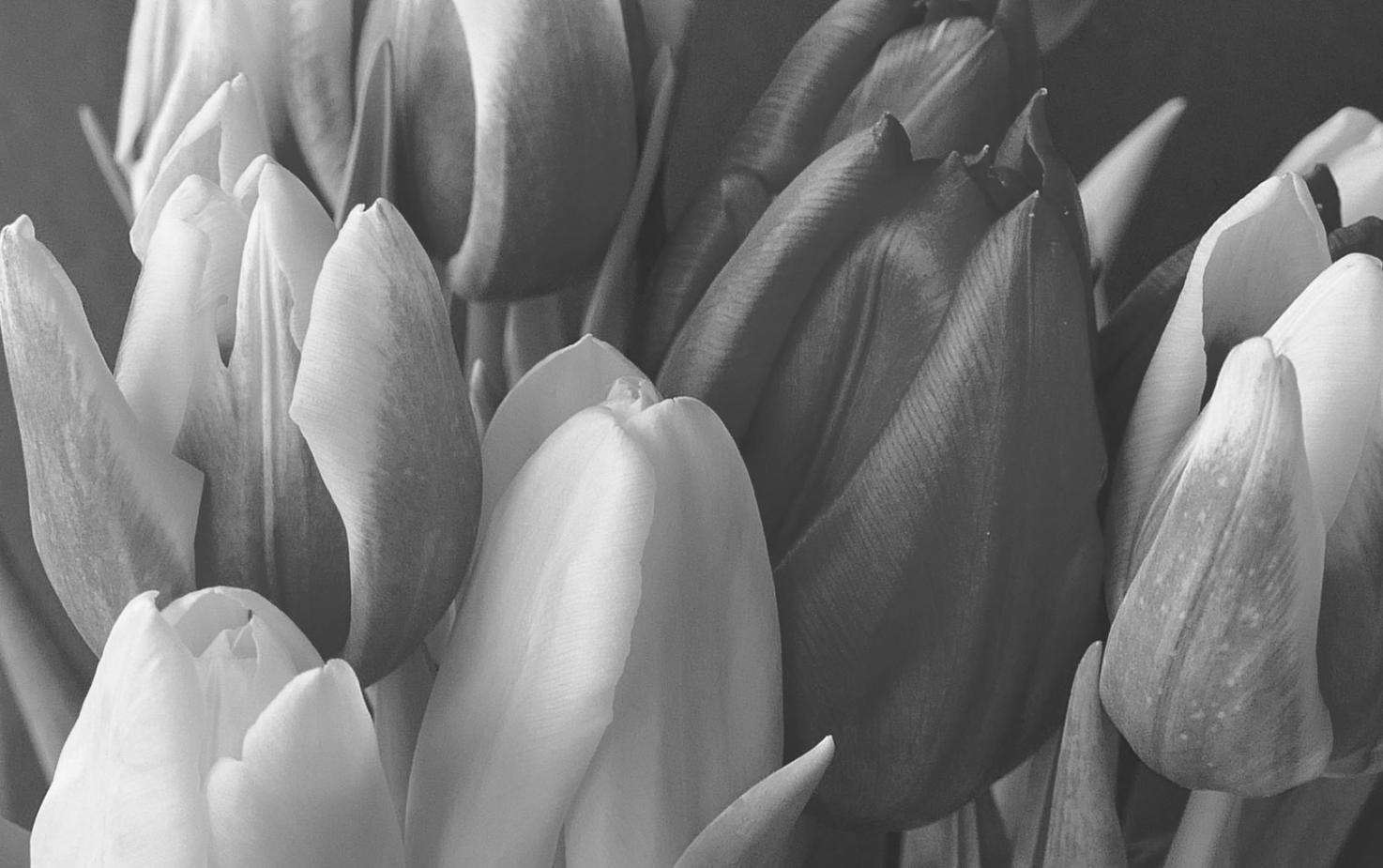
What Actually Matters Here
We're not reinventing floristry. We're just trying to teach it in ways that make sense to people starting from scratch.
Real Practice Time
Every session involves actual flower work—not just demonstrations you watch from a distance. You'll mess up arrangements. That's the whole point.
Career-Focused Structure
Content builds toward employable skills, whether that's wedding work, shop positions, or event design. We track what local businesses actually need.
Accessible Pacing
Most students work full-time. Sessions fit evening schedules, and materials come explained—not assumed you already know botanical Latin.
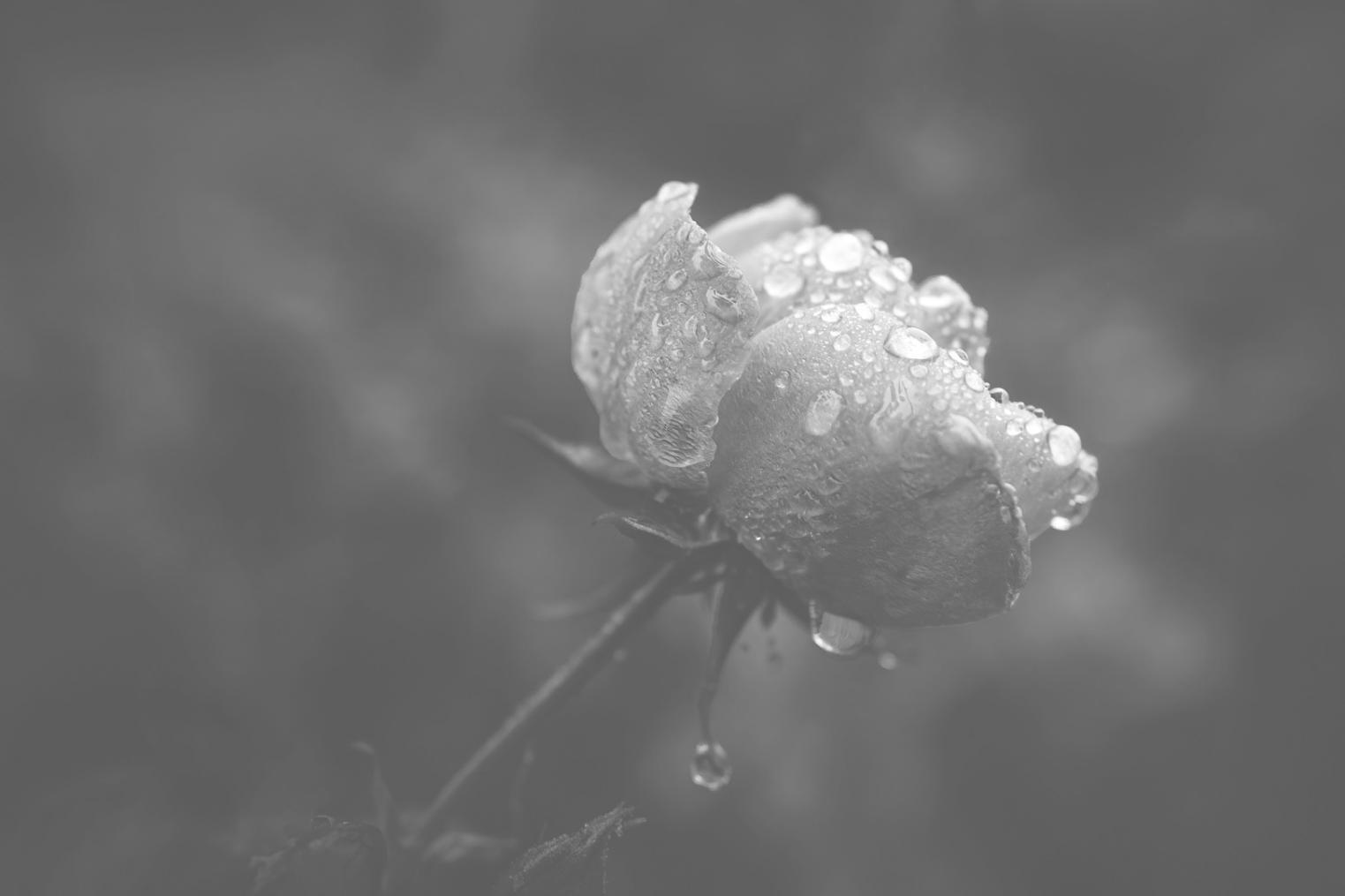
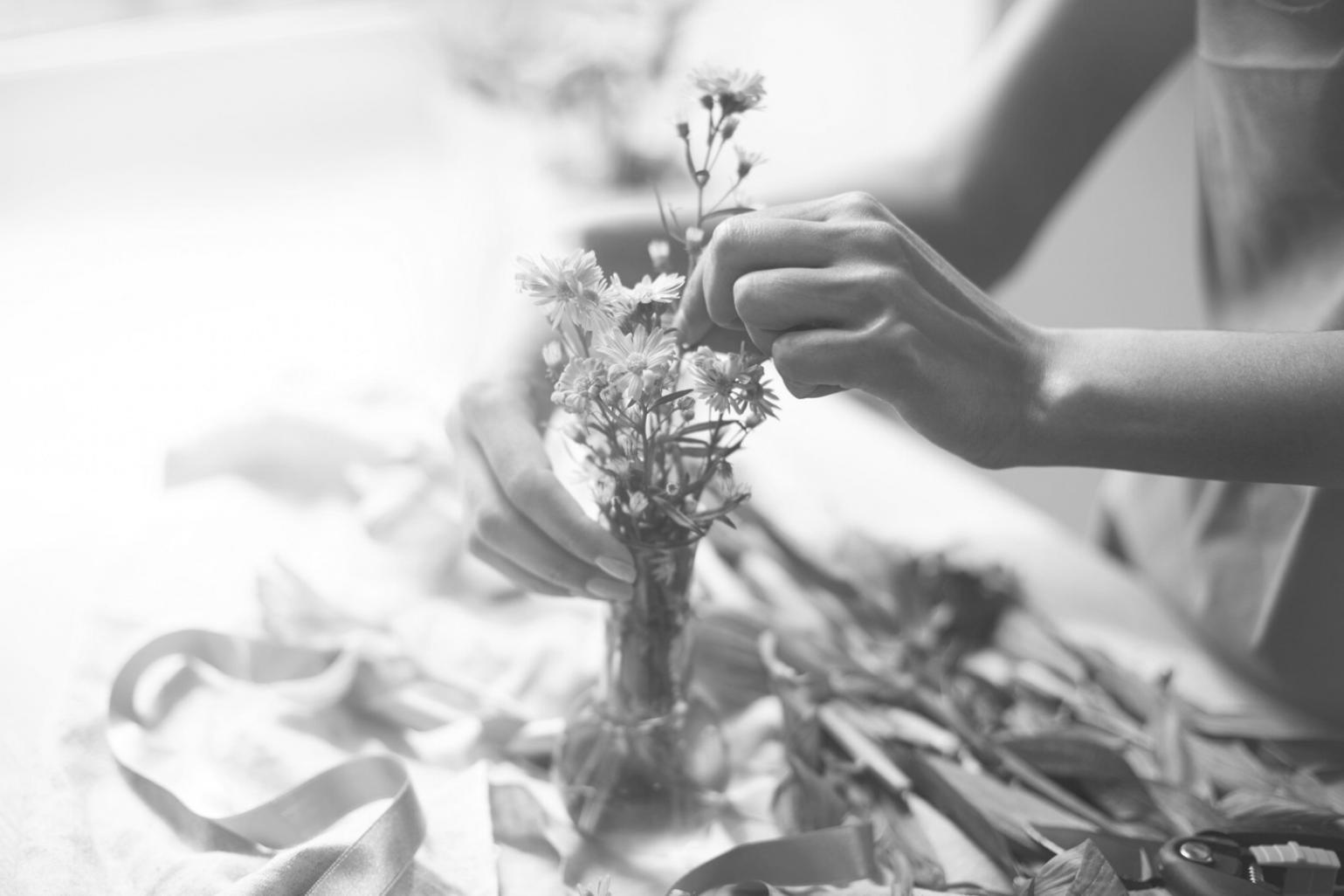
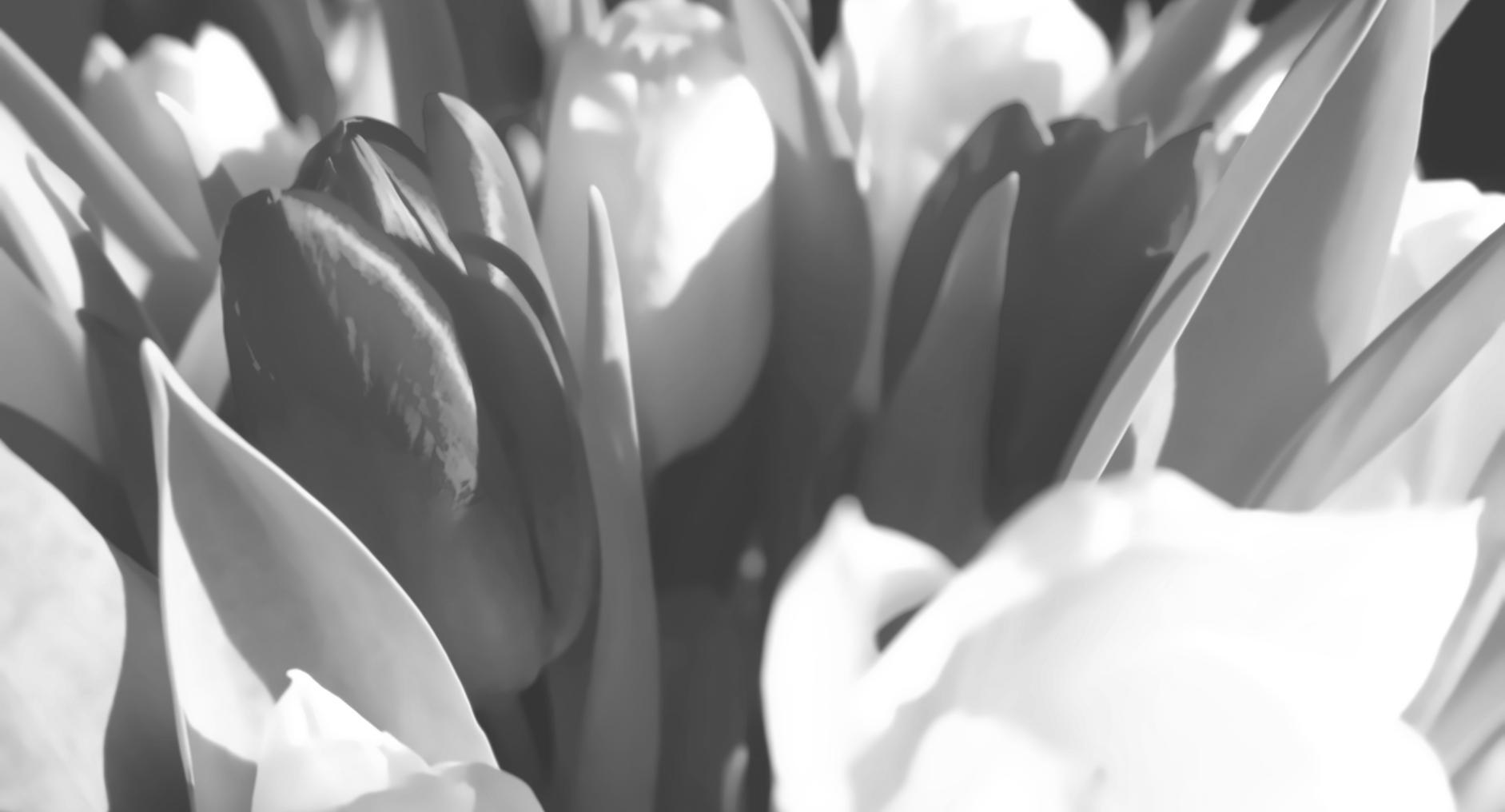
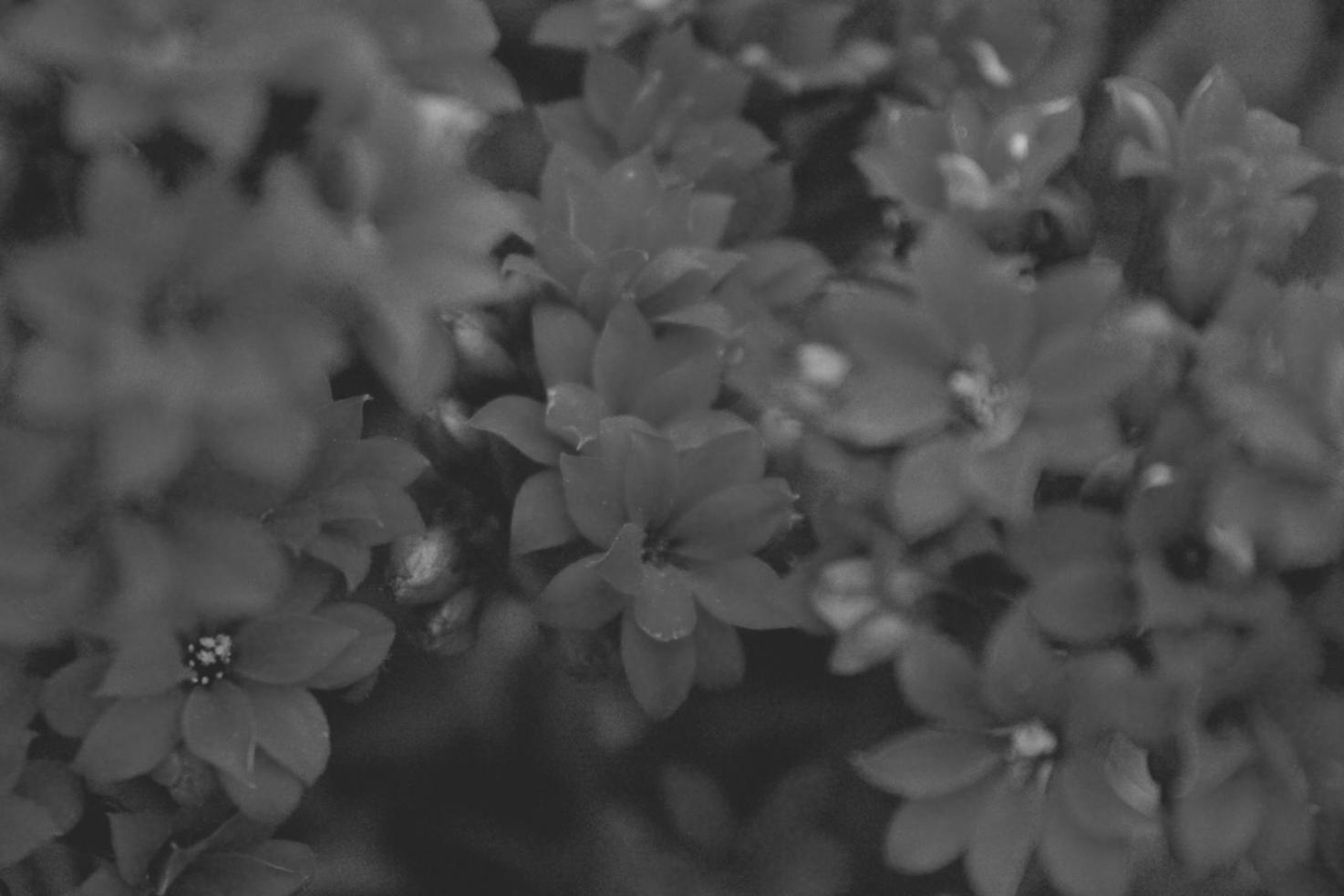
How Learning Actually Works
Foundation Skills First
You start with stem mechanics, color theory basics, and how to not massacre expensive flowers. Week one through eight cover what you need before attempting anything fancy.
Repetition Without Boredom
Same techniques applied to different flower types each week. Spiral hand-tying with tulips feels completely different than with roses, but the principle stays consistent.
Critique That Helps
Instructors point out what's not working and why—then show you the fix. We're not here to coddle wobbly bouquets into feeling confident.
Industry Context
Guest florists come through quarterly talking about the business side—pricing, client management, dealing with wilted deliveries at 6 AM. The unglamorous stuff matters.
What We Prioritize Daily
Material Quality
We source from local growers when seasons allow. Students work with flowers that behave like what they'll encounter professionally—not idealized specimens that cooperate perfectly.
Instructor Experience
Everyone teaching has worked commercially. They've done weddings in hundred-degree heat and rescued disasters thirty minutes before ceremony start. Theory matters less than survived reality.
Honest Feedback
If your arrangement looks unbalanced, someone will tell you. If you're gripping stems wrong, you'll hear about it before the habit sticks. Kindness without honesty doesn't build competence.
Ongoing Development
Curriculum changes based on what students struggle with and what the market demands. We adjusted our color theory section three times in 2024 alone because people kept hitting the same walls.
Programs Start September 2026
Next foundation course runs Tuesday and Thursday evenings, 6:30-9 PM. Sixteen weeks, hands-on from day one. If you're thinking about this work, now's when to ask questions.
Get Course Details